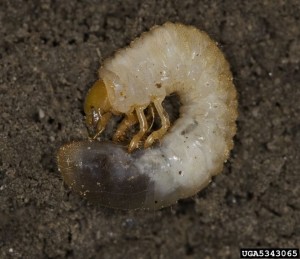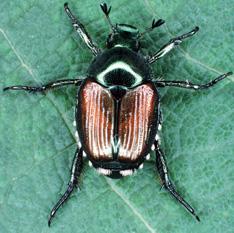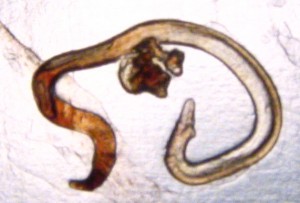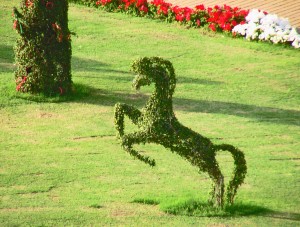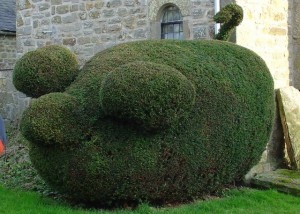The last thing you want to see happen to your beautifully manicured lawn, the one you put so much time, work and effort into, is to see it destroyed by little multi-legged critters. It’s never any fun waking up to your pristine grass being chewed apart by ravaging little mouths, but luckily, there are a variety of steps you can take to prevent/manage it. The telltale sign of a patchy lawn that’s dead in spots doesn’t have to be something that happens to you, so read on to learn about what you can do for lawn pests.
Recognizing What’s Eating at You – and Your Lawn
One of the most dastardly lawn pests is the chinch bug, a tiny, black-shelled hexapod that’s about a fifth of an inch long. They may be pretty hard to spot, but the scorched earth damage they leave behind is not. The nymphs (babies) are easier to see because they’re pinkish to bright red in color, but unfortunately, they’re usually born in June so you’re a bit out of luck. Either way, you’ll be looking at a lawn that looks like it’s suffered through a drought, with wilting grass blades that turn yellow and die.
Lawn grubs are another nasty culprit, and they aren’t nearly as stealthy as cinch bugs. Fat and white in color, they have a C-shaped body and move pretty slowly. While the damage they cause borders on ruined-lawn devastation, you’ve got one big factor on your side: they can remain underground for up to four years, so the timing of your actions is a lot more flexible.
Finally, we come to the Japanese beetle, which is a 0.6″ lout with a copper-colored back and green thorax/head. It’s a bit of a pitiful flyer and its version of Kryptonite is milky spore disease, which can be found in grass roots. Once the USDA realized the Japanese beetle was susceptible to milky spore disease, it began harvesting it to sell as an anti-beetle powder.
Sending That Problem Back to Where it Came From
The key to ridding lawn pests from your grass is to formulate a good plan and then act quickly. It’s sort of like tackling rust on your car: if you wait until rust has overtaken your entire vehicle — as opposed to yearly rust-proofing — then it’s too late. You’ll have a much bigger problem to deal with.
One technique, which we discussed a little bit earlier, is to apply milky spore disease to your lawn. The key is to apply it before the Japanese beetles start feeding, when they’re still in the larval stage and look like chubby little white grub worms.
Beneficial Nematodes are another strategy you can use when tackling lawn pests. They’re teeny tiny non-segmented worms that feast on just about everything bad crawling around in your lawn, and a good rule of thumb to use is one vial of Beneficial Nematodes for every 900 square feet of grass. All you have is mix the vial contents with water, and then irrigate your lawn with it either in the early morning or late afternoon.
For a generalized approach, mist this solution on your lawn. It’s a natural insecticide, so it’s a little easier on your grass while still working to get rid of lawn pests.
Just make sure to wait two to three hours to let it set in, and then rinse off so the soapiness doesn’t wreck the grass. Apply it again every day for about three days.

